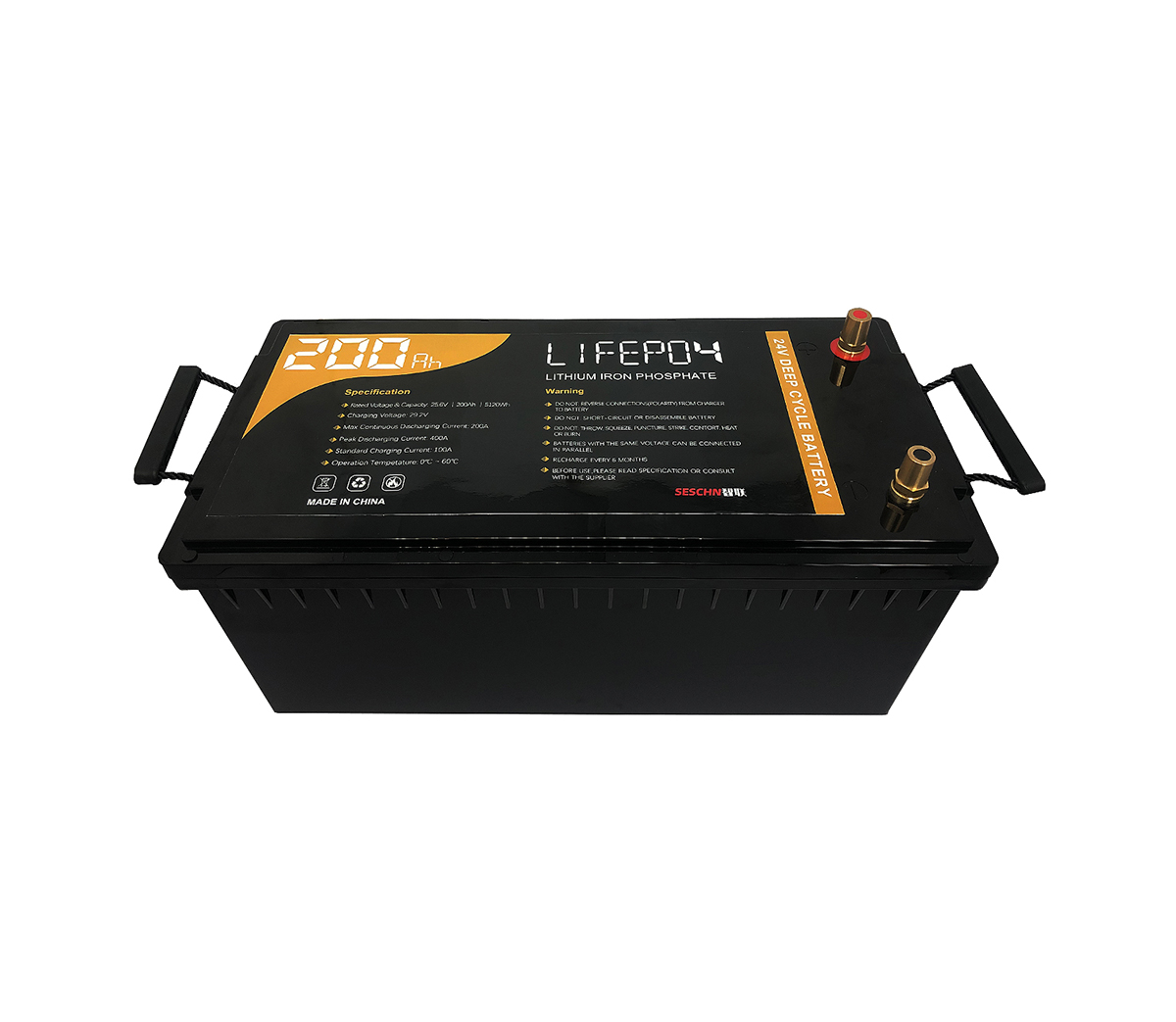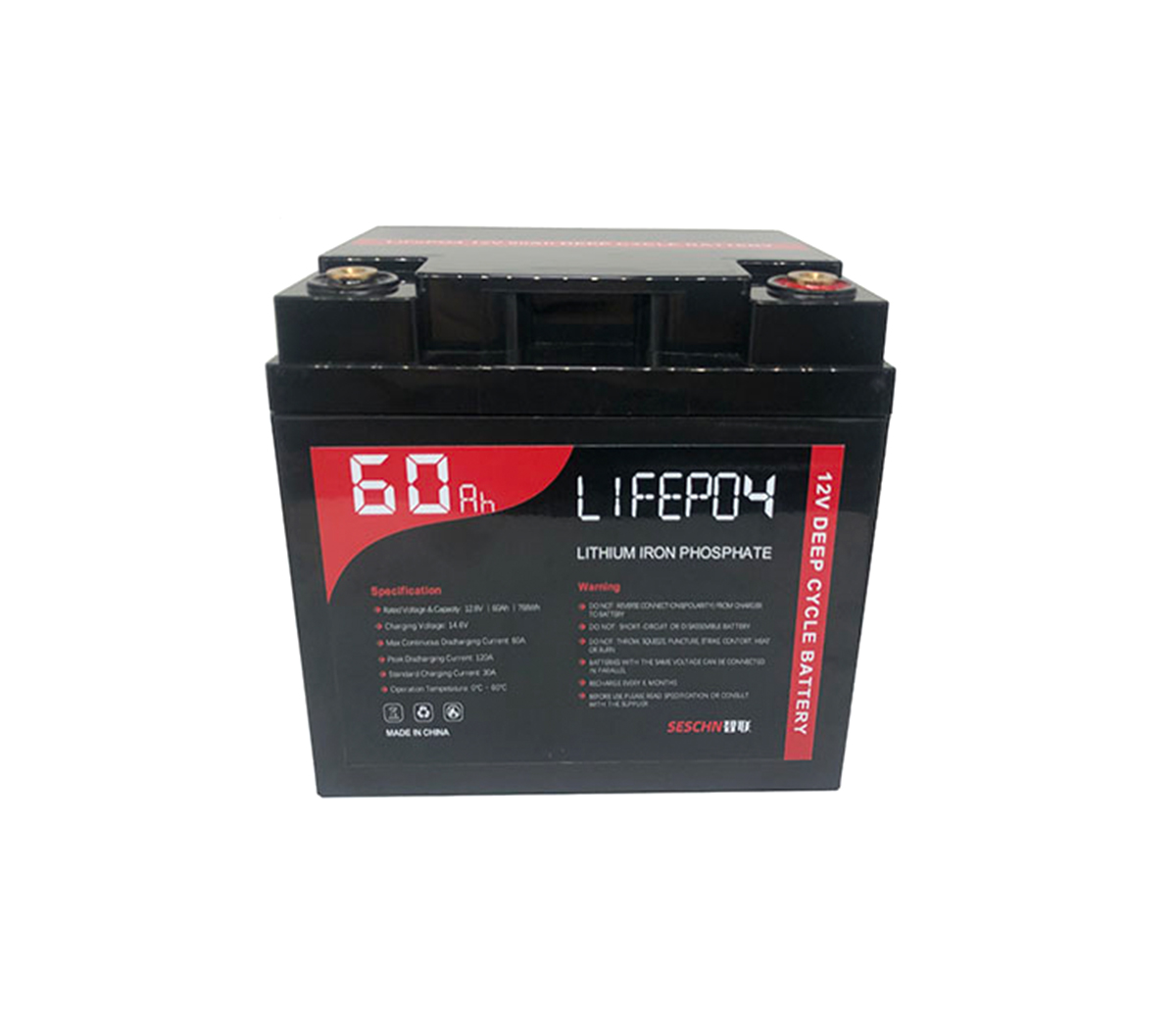X-ray research provides new discoveries for lithium-sulfur batteries
Lithium-sulfur (Li-S) battery is a relatively new battery that is being
researched and developed by researchers all over the world. Because of their
very high theoretical energy density-more than five times the energy stored in a
smaller capacity than the most advanced lithium-ion batteries-they are a strong
contender for small and large applications.
Lithium-sulfur (Li-S) battery is a relatively new battery that is being
researched and developed by researchers all over the world. Because of their
very high theoretical energy density-more than five times the energy stored in a
smaller capacity than the most advanced lithium-ion batteries-they are strong
competitors for small and large applications.
However, before realizing practical applications, some performance problems
must be solved-namely, poor conductivity and insufficient energy efficiency.
These failures originate from the chemical substances and reactions within the
battery, because the charge is transferred through the lithium atoms between the
two battery electrodes and through the electrolyte that separates them. These
problems can be solved by adding conductive metal sulfides such as copper
sulfide (CuS), iron disulfide (FeS2), titanium disulfide (TiS2) and other
battery sulfur electrodes. However, unique and unique behaviors have been
observed for each type of metal sulfide in Li-S batteries. In order to
understand the basic mechanisms of these different behaviors, scientists need to
be able to closely study these complex reactions in real time while the battery
is being discharged and charged. This is a challenge.
At DOE’s Brookhaven National Laboratory’s Office of Scientific User
Facilities, National Synchrotron Radiation Source II (NSLS-II), a team of
researchers conducted a multi-technology X-ray study to learn more about In this
case, the structural and chemical evolution of the metal sulfide additive—copper
sulfide (CuS)—as the lithium ions move between the battery electrodes. Their
work is an example of operational research. This method allows researchers to
collect structural and chemical information while measuring electrochemical
activity. The team used a "multi-modal" approach involving a set of X-ray
techniques: X-ray powder diffraction to collect structural information, X-ray
fluorescence imaging to visualize changes in element distribution, and to track
chemical reactions in X-ray absorption spectroscopy.
Explore better performance additives
"In the choice of metal sulfide additives, CuS is advantageous for several
reasons, including its high conductivity and energy density. In previous
research, the team found that adding CuS to electrodes containing only sulfur
can increase the discharge capacity of the battery, because sulfur is a poor
conductor, and CuS has better conductivity and electrochemical activity.
However, when a mixed sulfur/CuS cathode (positive electrode) is used, Cu ions
are dissolved in the electrolyte and eventually deposited on the lithium anode
(negative electrode), destroying the interface layer between the anode and the
electrolyte. This can cause the battery to fail after a few charge and discharge
cycles.
"This observation represents a design challenge for multifunctional
electrodes: when new components with ideal performance are introduced, parasitic
reactions may occur and hinder the original design intent," said Hong Gan, a
scientist at Brookhaven's Sustainable Energy Technology Department.
He continued: "In order to solve the specific problems of Li-S batteries
with CuS additives and to guide the future design of electrodes, we need to
better understand the development of these systems in various ways:
structurally, chemically and morphologically. "
Various modes and operations are performed
"We believe that it is necessary to develop a multi-modal approach that not
only studies one aspect of system evolution, but also uses a variety of
complementary synchrotron technologies to provide a more comprehensive view of
many aspects of the system," another author of the paper Corresponding author
Karen Chen-Wiegart, assistant professor in the Department of Materials Science
and Chemical Engineering, Stony Brook University, who also holds a position at
NSLS-II.
In order to achieve this goal, the team first designed a battery that is
fully compatible with all three X-ray technologies and can be studied on three
different X-ray beam lines of NSLS-II. Their design not only allows measurements
on the two electrodes of the battery, but also has optical transparency,
enabling researchers to perform online optical microscopy and alignment on the
beamline.
Chen-Wiegart said: “These characteristics are very critical because they
allow us to spatially resolve the responses from different parts and multiple
locations within the cell, which is one of our main research goals.
In addition, team members Ke Sun (Brookhaven’s Sustainable Energy
Technology Department), Zhao Chonghang and Lin Chenghong (both from Stony Brook
University) pointed out that their multi-functional and simple design, using
economical parts, can build many cells for each A synchrotron experiment greatly
facilitated their research. Sun, Zhao, and Lin jointly developed a multi-mode
field battery pack battery. In addition, the team of scientists designed a
multi-battery holder that allows several batteries to be recycled at the same
time and to continuously measure them.
This comprehensive approach requires a research team composed of experts
from different backgrounds. Scientists from Brookhaven's Sustainable Energy
Technology Department and Stony Brook University work closely with NSLS-II
scientists. Together with scientists Jianming Bai and EricDooryhee, they used
operando X-ray powder diffraction (XPD) to study the structural evolution of the
hybrid electrode during discharge. The XPD beam line of NSLS-II is an effective
tool for studying battery reactions, including Li-S batteries, which are used to
capture the reaction time between lithium and CuS, relative to its reaction with
sulfur. The XPD data also indicated that the reaction product was not
crystalline, as indicated by the lack of diffraction peaks.
The team turned to operando X-ray absorption spectroscopy (XAS) using Inner
Shell Spectroscopy (ISS) beamline, and collaborated with NSLS-II scientists Eli
Stavitski and Klaus Attenkofer. The XAS data shows that after the battery is
fully discharged, the CuS has been converted to a species’ Cu ratio and
somewhere between CuS and Cu 2S. In order to further pinpoint the precise phase
composition, the group will Perform additional XAS research in the future.
In order to observe the dissolution of CuS and its subsequent redeposition
on the lithium anode, scientists, with the help of scientists GarthWilliams and
Juergen, performed operational X-ray fluorescence ( XRF) Microscopic examination
of THIEME. XRF imaging identifies the elements in the sample by measuring the
X-ray fluorescence emitted when the sample is excited by the primary X-ray
source. In this case, it allows the team to image the distribution of elements
in the battery and how and when the distribution evolves. This information can
be correlated with the chemical and structural evolution data obtained from XPD
and XAS research.


































